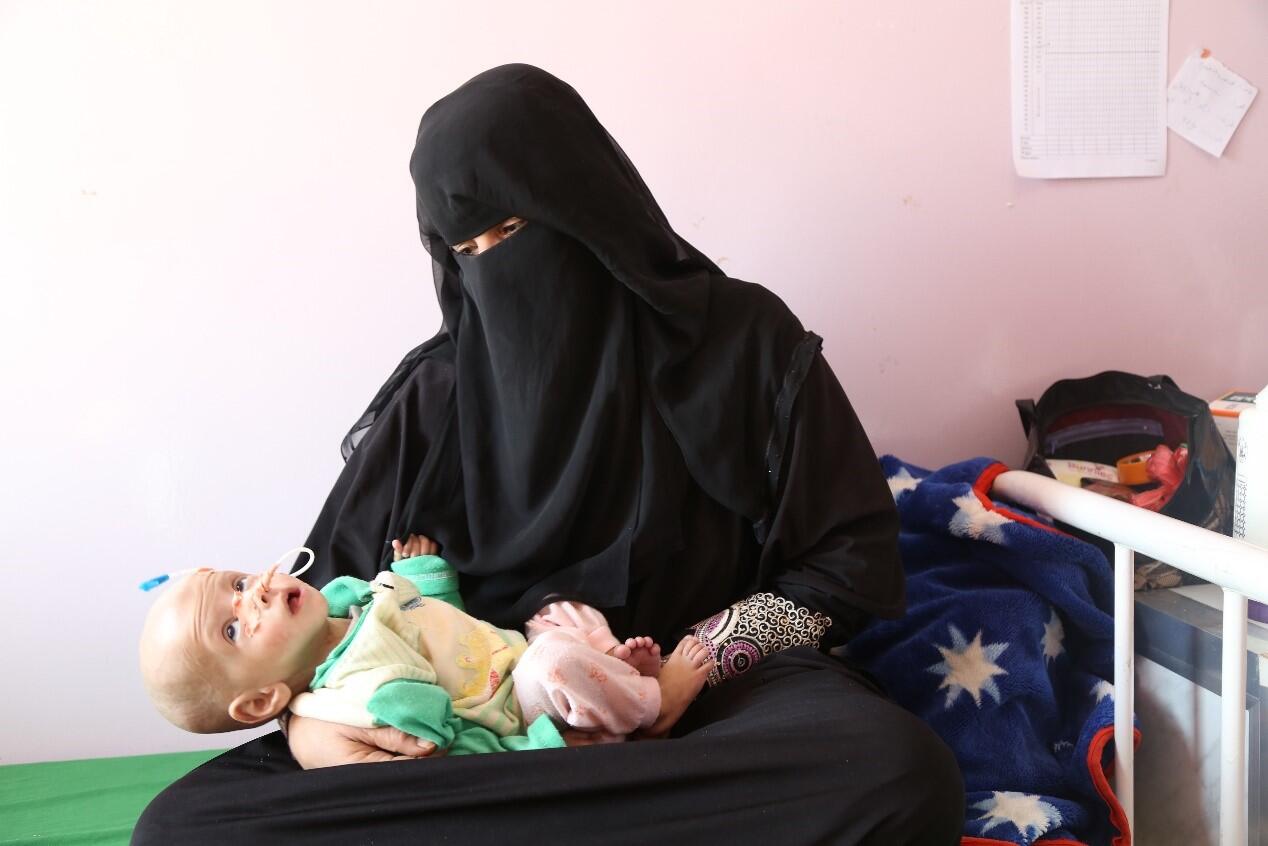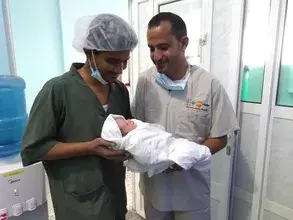Sana'a Yemen - When Amna, a 30 year old woman from Sanaa, Yemen, gave birth to her second child, the baby was born with severe disabilities and died immediately.
“Throughout my pregnancy I had only bread and water. My husband had lost his job and we could only afford very little food to feed the family. I was malnourished and lacked vitamins and folic acid for a healthy pregnancy”, Amna told UNFPA.
UNFPA and humanitarian partners are working to ensure that women of childbearing age receive reproductive health services through mobile clinics that have been integrated with nutritional services across the country.
Challenges as tension escalated
However, a number of challenges are making it difficult to reach those in need, particularly as tensions between Houthi rebels and the General People’s Congress escalated dramatically in early December 2017, sparking fierce fighting in Sana’a city and other areas of Yemen leading to the assignation of former President Ali Abdullah Saleh.
The UN has downscaled its international staff presence in Sana’a and other targeted governorates as a result of the recent clashes. The situation in Sana’a city, port of Hudaydah and many part of the country remains tense, volatile and unpredictable.
In addition, the lack of humanitarian access to conflict affected areas and difficulties in obtaining life-saving medical supplies into Yemen due to air and sea blockades are exasperating the situation for many women and girls, in particular for an estimated 1.1 million malnourished pregnant and lactating mothers. Like for Amna, the situation is worse for women and girls at risk of famine with rising food prices and blockade on imports of essential food items.
“Our living conditions are very difficult and it is getting worse", Amna added.
Record 22.2 million people needing assistance
The overall humanitarian situation in Yemen continues to deteriorate over the past few months because of on-going conflict, collapsing basic services and economic decline.
On Tuesday, Under-Secretary-General for Humanitarian Affairs and Emergency Relief Coordinator Mark Lowcow said he was “deeply concerned” by the situation in Yemen.
“A record 22.2 million people are now in need humanitarian assistance in Yemen – 3.4 million more than last year”, he added in a statement.
To respond to the massive humanitarian catastrophe, the United Nations and humanitarian partners launched the 2018 Yemen Humanitarian Response plan on 21 January. The coordinated plan requires $2.96 billion to provide life-saving assistance and protection to more than 13 million people across the country this year.
Mr. Lowcock also reaffirmed the importance of keeping all of Yemen’s ports, including Hudaydah and Saleef, open to humanitarian assistance and commercial imports of food, fuel and medicines. Over 70 per cent of people in need of assistance live in proximity to those two Red Sea ports. Since the decision to re-open Hudaydah and Saleef last month, the United Nations and its partners have successfully delivered large volumes of food, medicines and fuel to people in need, he said.




